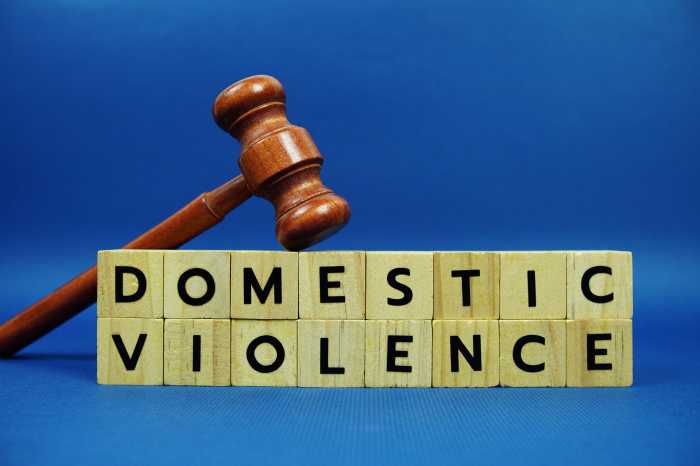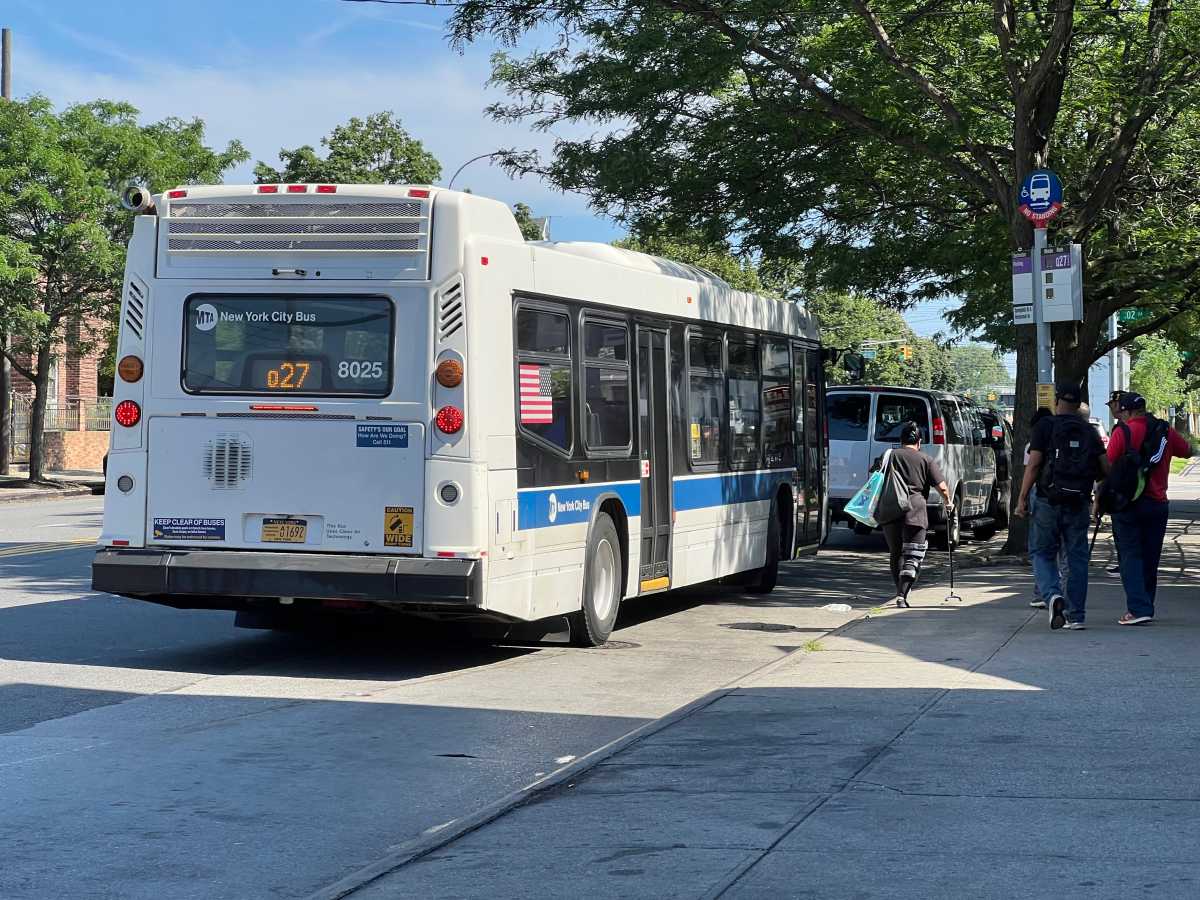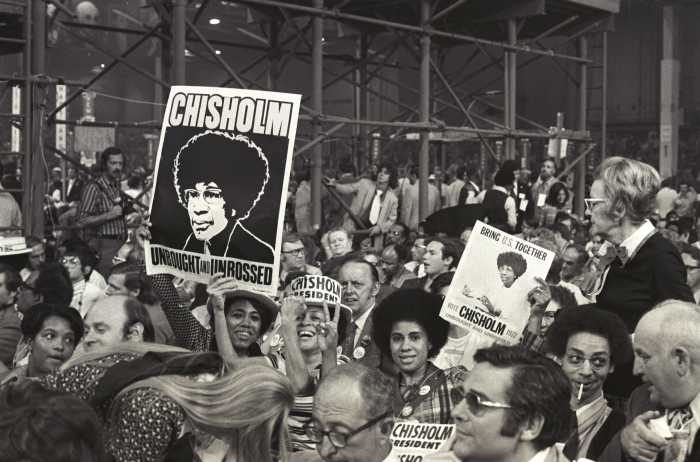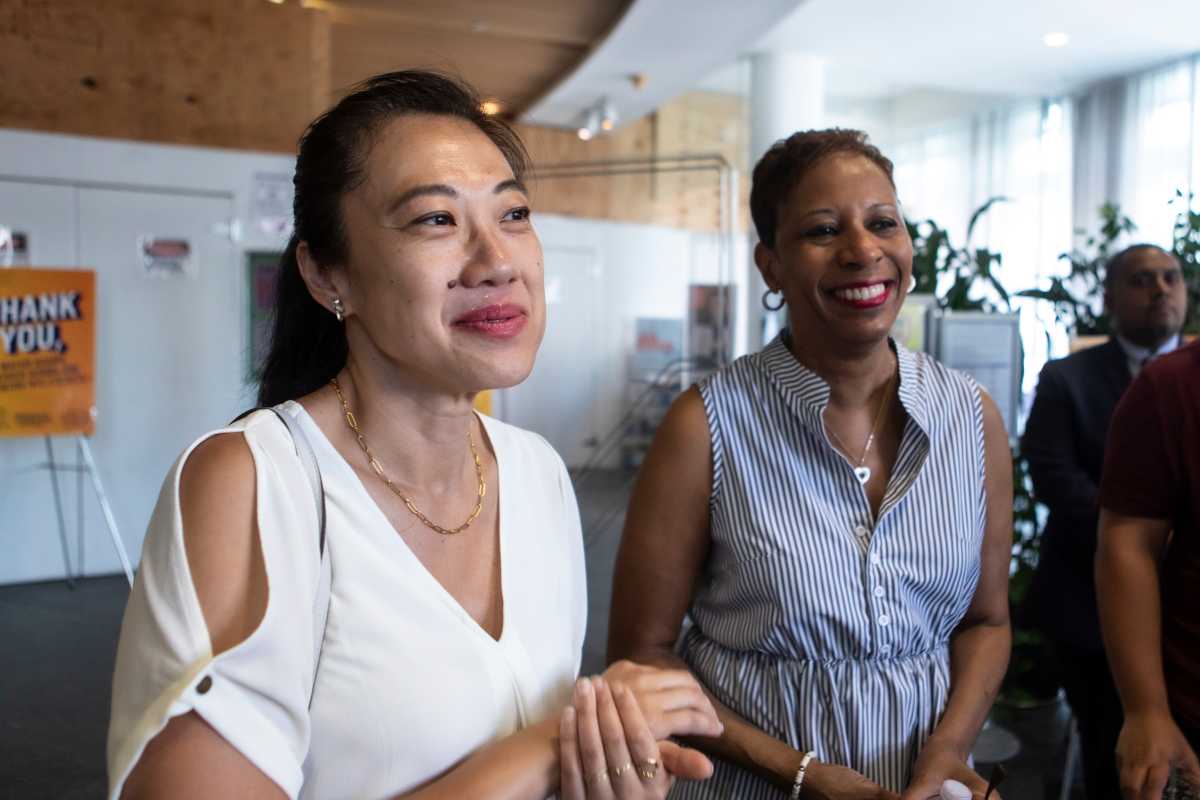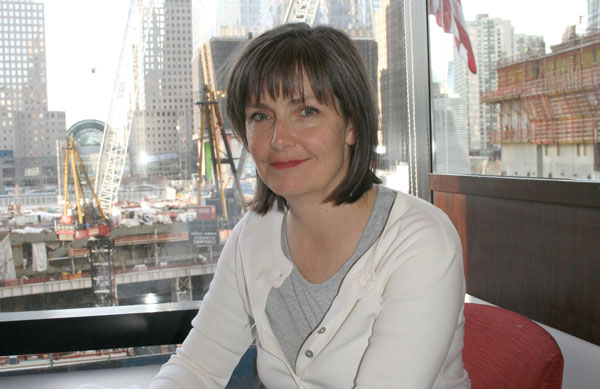 [/media-credit]
[/media-credit]
- Elizabeth Williams
BY ALINE REYNOLDS | Financial District resident Elizabeth Williams, who has served on Community Board 1 for close to four years, will be resigning from the board in March. Williams discusses her accomplishments on the board, why she’s leaving and recalls recent memorable moments as a Downtown courtroom sketch artist.
When and why did you join the community board? I became a member in April 2008. What really got me was that, after 9/11, we always had illegal vending and crime on our streets. I was the one to harass the First Precinct Commanding Officer about it. I had ended up being involved in a lot of other community board stuff already, like harassing the city Department of Transportation to stop the 24-hour-a-day jackhammering Downtown, so somebody suggested that I join the board, and I did.
Why are you leaving? It’s been a lot of work — a lot of very rewarding work… It’s just I have other things to move on to. At Borough of Manhattan Community College, I’ve joined a strategic planning group to service college students with autism like my son. I know I’m going to have to devote more time to that, since it’s such an unknown area. I’m still on the First Precinct Community Council, I’m on the New York City Police Museum board, and I also work in the courts. Some people said to me, ‘Why don’t you just stay on at C.B. 1 and come to the meetings and vote?’ But that’s not what this job is about.
What are three issues or projects you helped see to fruition as a C.B. 1 member? I knew Aggie Kenny, a courtroom colleague who did drawings at Ground Zero, so I pitched the idea of an exhibit to Julie Bose at the Police Museum. I also conceived the idea of the shields exhibit, which really helped with the last, six-month push of the Zadroga [9/11 healthcare] bill.
In 2009, I helped to eliminate a ponding problem in Battery Park City. What happened was, there were two different contractors finishing a sidewalk near Pier A — one was the Metropolitan Transit Authority, the other was the state D.O.T. — and they couldn’t come to an agreement on how to handle it. Meanwhile, the whole sidewalk was filled with water, and when it would freeze, people could literally not walk down it. It was dangerous. Somebody could have killed themselves. It took me months to get it fixed, but it finally happened.
I also thought of a Civic Center map that the Downtown Alliance designed last year to direct people who want to get a marriage license, a birth certificate, or a passport to the federal courtrooms and offices. Their address is 26 Federal Plaza, but the entrance is on Broadway, which makes it rather confusing. The map is placed on the construction fencing that borders the building, across from Foley Square.
What are you going to miss most about being a part of the community board? I really like the people. But also, there will be things that are going to bother me that I’m not going to be able to devote the time to. I’m really bugged, even though I don’t have a car, that there’s no parking Downtown for residents. But unless I really scream and yell and make a big stink, it’s probably not going to go anywhere.
What exciting courtroom art projects have you been assigned to recently? I covered the Occupy Wall Street hearing the day of the cop raid at Zuccotti Park. It was very crowded and really chaotic, but it wasn’t as intense as some other things I’ve covered. I was in court every single day Bernie Madoff and Dominique Strauss-Khan were there. I’ll never forget the Madoff assignment. It was a rainy night on Dec. 11, 2008, and I got a call from the news desk saying, “We got a guy with a $20 billion fraud [case]. Can you make it to court?”
I said, “Did you say billion?”
The largest case I had sketched before was $2 billion. I remember sitting in the jury box looking sheepishly around, and Madoff tried to look at me with a smile. I was disgusted.



